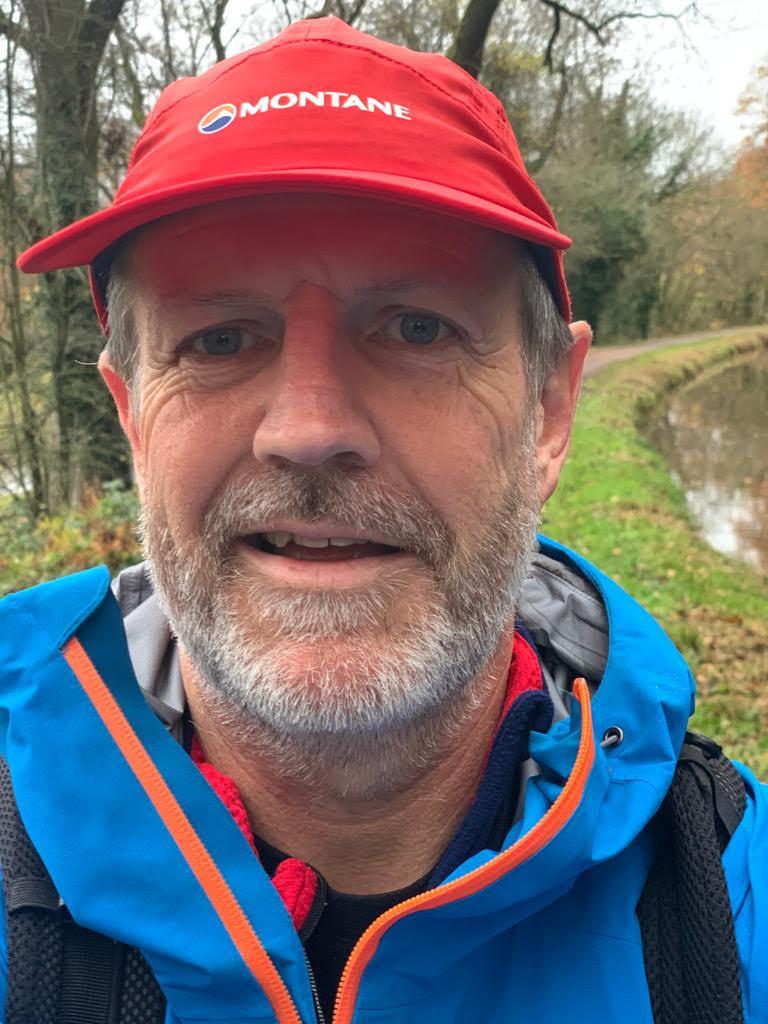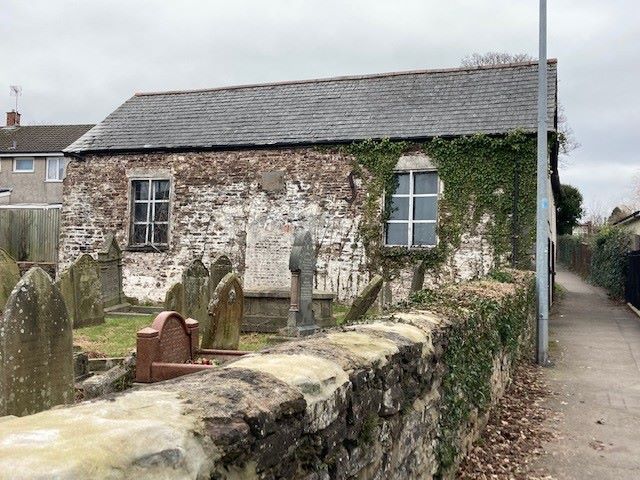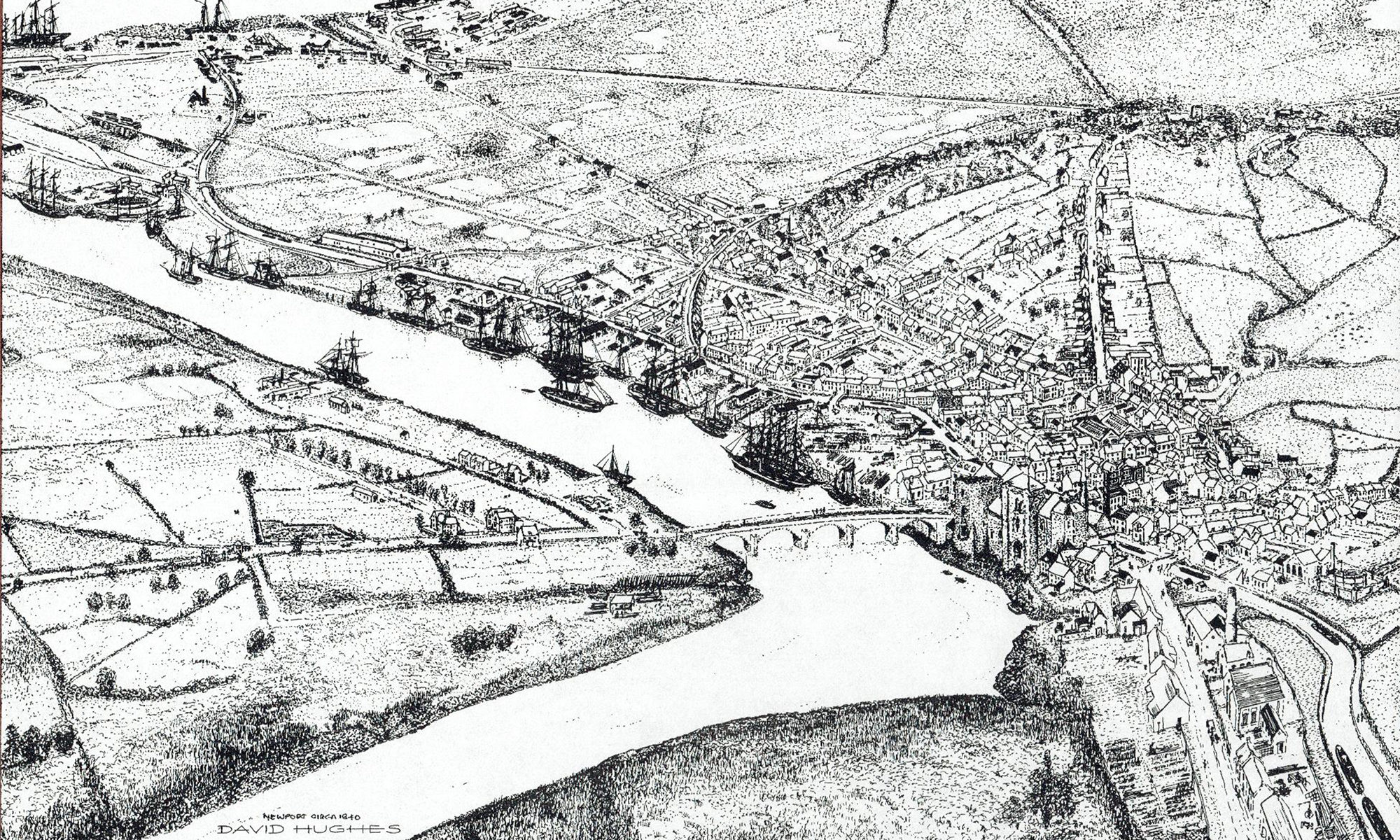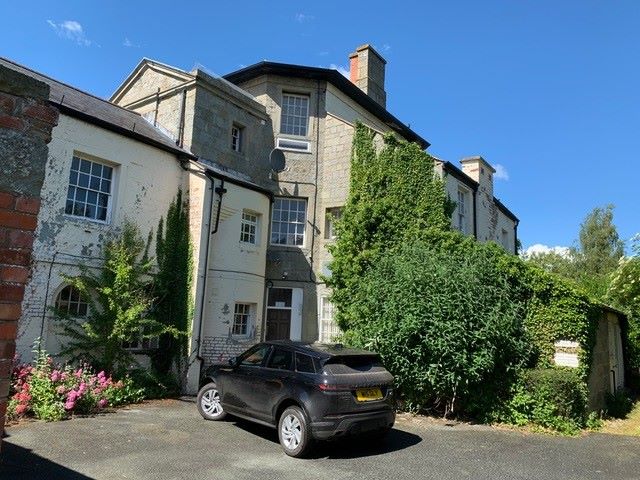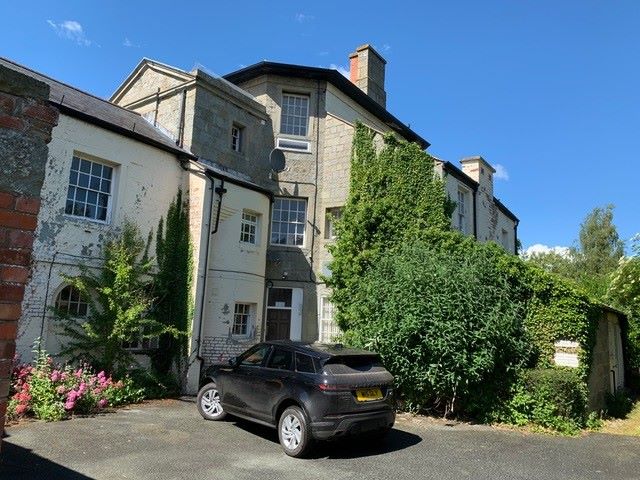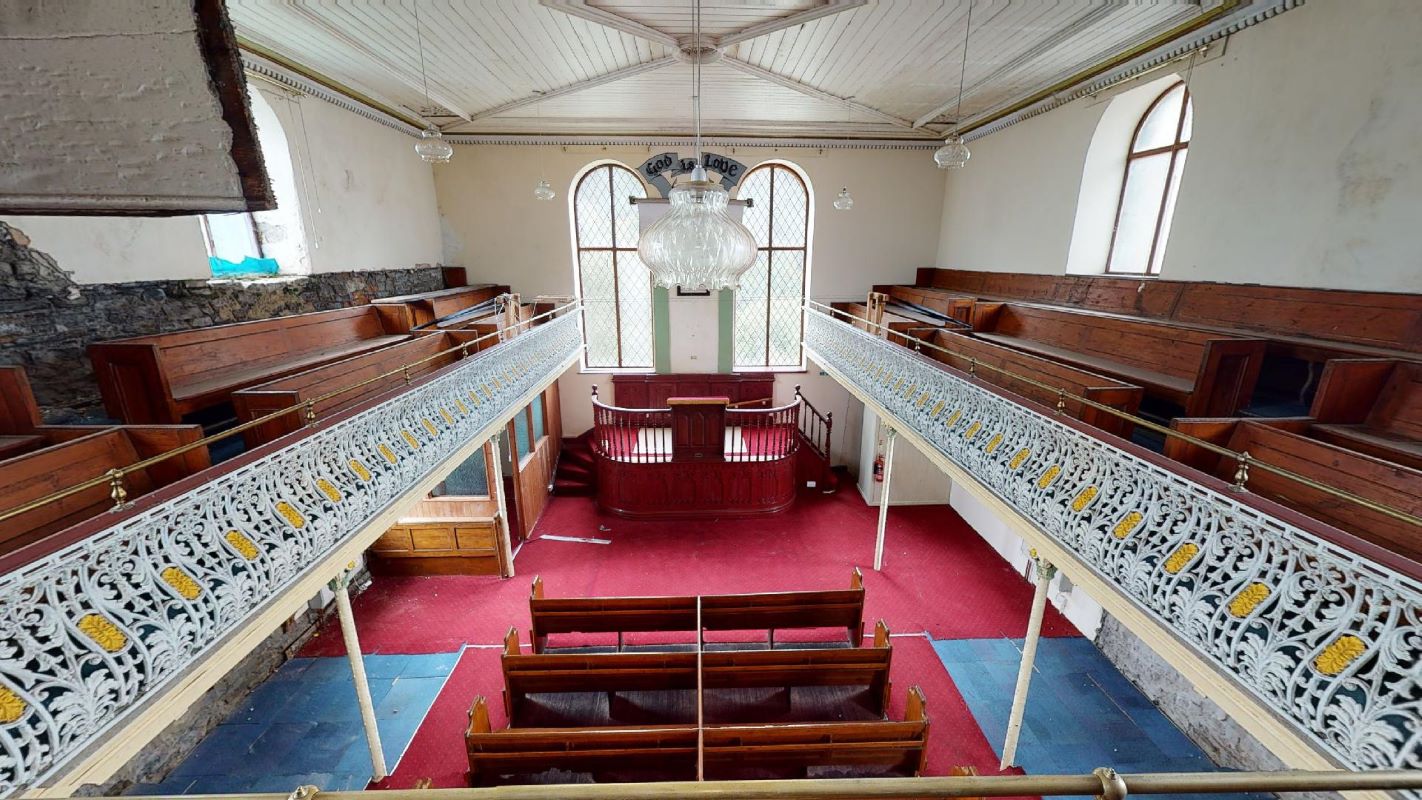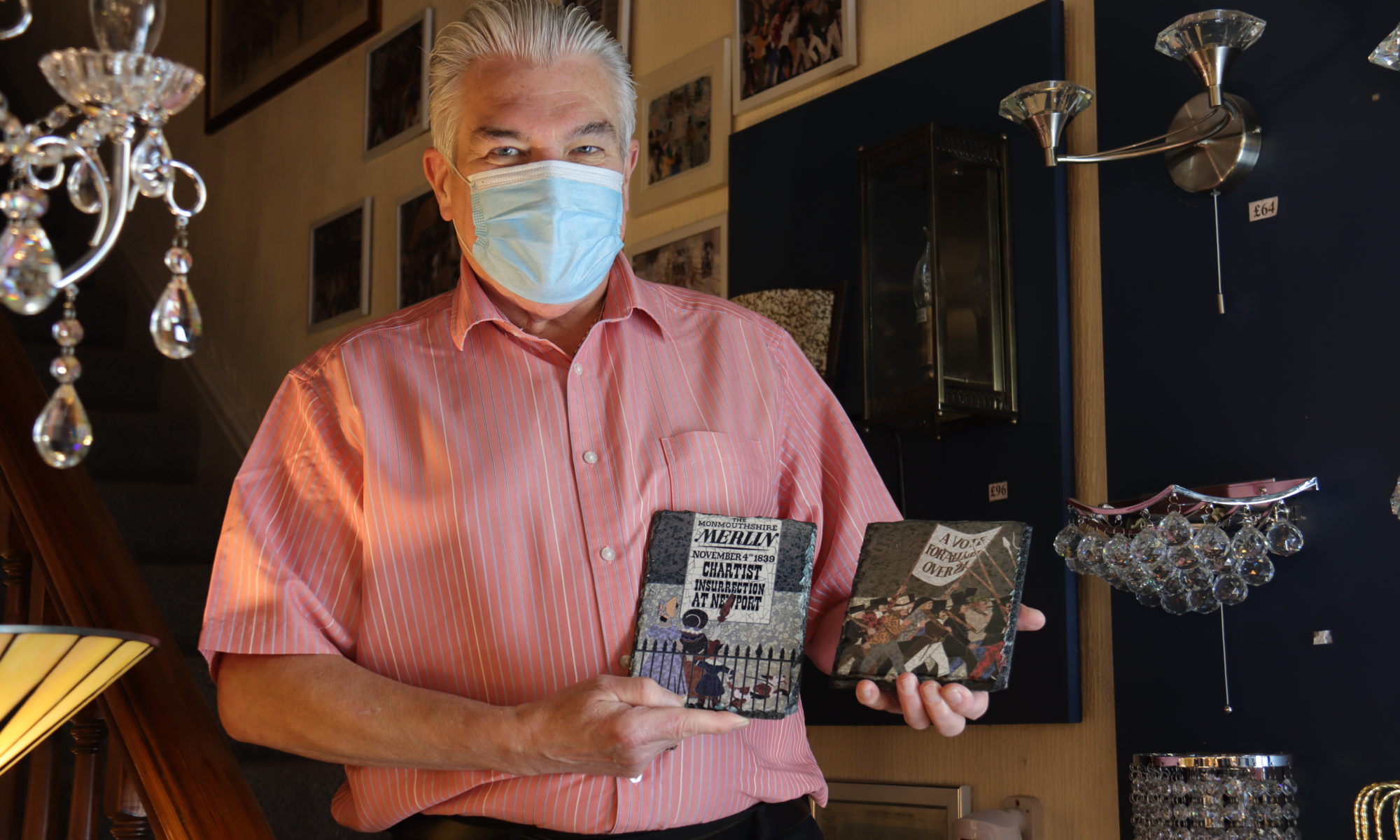EXTREME adventurer Paul Fosh is making the final arrangements before heading into the life-threatening sub zero conditions of the Arctic Circle.
Icey explorer Paul, owner of Newport-based Paul Fosh Auctions, is taking part in the inaugural Montane Lapland Arctic Ultra. The gritty 55-year-old will be attempting to walk 500km, about 315 miles, pulling all his gear in a pulk, a sled, to complete the race.
The event starts from the village of Overkalix, in the region of Norbotten, Sweden, at 9.30am on Sunday, March 6 and finishes 10 days later on Wednesday, March 16.
Paul, a man who has spent his life in property, is raising thousands of pounds for Wales-based homelessness charity Llamau.
He said: “Llamau is an incredible charity. If you have five minutes, please take a look at their work, it is truly life-changing.
“I’m looking to raise at least £5,000 for Llamau and I’m at around £3,800 so far. If everyone who sees this story donates just £2 I will smash my goal. Please go to my Just giving page Paul Fosh 1 and donate at least £2, that’s less than a takeaway coffee.. Just search Justgiving then Paul Fosh 1 and you’ll find me.”
https://www.justgiving.com/fundraising/paul-fosh1
No stranger to the extreme demands of Ultra events Paul, who is a long time supporter of Llamau, was thwarted in his most recent attempt to get back into the Arctic icy waste and raise funds due to covid.
The explorer was primed to take part in the 2021, 430-mile Montane Yukon Ultra, the harshest and coldest ultra race on the planet in February. The keen competitor had secured his place and was in training when it was cancelled
Nevertheless the determined athlete has continued training, slogging around the hills near his home in Monmouthshire for up to 12 hours at a time, sometimes even hauling tyres to resemble the drag of the pulk, to maintain peak fitness. He has also taken part in a number of other ‘home’ ultra events in the meantime.
Putting his latest challenge into perspective Paul said: “These extreme Arctic ultra events tend to have a completion rate by athletes of around just 20% compared to say a race people may have heard of called the Marathon des Sables which has a completion rate of around 80%.
“Conditions are so brutal that in 2018 just one of the 23 competitors, who began the full distance race, made it to the finish line.
“Frostbite is a constant peril hanging over every racer. One year an experienced ultra-runner from Italy lost part of both legs and an arm to the condition.
“The Montane Lapland Arctic Ultra is something for which I have been in training for months and now the time is here I’m raring to get going.”
Paul competed in 2015 in the Likeys Ultra in Canada when he was one of just eight to finish, coming fourth out of the 24 that entered. He also completed the 300-mile Montane Yukon Arctic Ultra in 2016. Paul has unfinished business as he was forced to pull out of the 430-mile Montane Yukon Ultra in 2019 due to injury.
The Ultra race was added to run a few weeks after the Yukon in Canada race, in Sweden’s Lapland which presents new challenges for competitors.
“The Lapland Ultra is the first of its kind in the country. It’ll involve a lot of deep snow work and the use of snowshoes and skis, which isn’t what competitors traditionally use in The Yukon.”
“A lot of people underestimate the mental challenge of an Arctic Ultra event. Walking in the daylight is much easier psychologically because you’ve got such fantastic scenery to look at. But when you’re walking at night, you could be anywhere. You’ve just got your head torch beam to follow.
“Competitors often complain of hallucinations amid the relentless wilderness. I’ve ‘seen’ all manner of hallucinations and heard strange sounds. Between the checkpoints competitors are completely on their own.
“I love the challenge, both physical and mental but know that probably less than a quarter of those entering the race will complete it.
“Over time, you become thrilled to be part of the small percentage that have entered and completed the race.
“I invest a lot of time, effort and money to get myself out there and I want to do myself proud. I don’t ever want to fail at anything I do.”
“There are those of us that almost enjoy the pain, but if it was too easy there would be no pleasure at the end.”
“Someone once told me to train hard and play easy. Admittedly, that was in the context of rugby, but I think it can apply to this too.”
Panel:
The Montane Lapland Arctic Ultra event, which starts and ends in the village of Overkalix, in the region of Norbotten, Sweden, requires the individual to look after themselves, in temperatures which can plummet to -20C as they jog, walk and crawl over some of the world’s wildest and coldest terrain. There can also be the threat of wolves or even wild bears.
The ultra eventer must carry their own food, water, sleeping gear and emergency supplies on a sled – a ‘pulk’ – the entire distance of the epic race.
Competitors have 10 days to complete the challenge. The route crosses frozen rivers, lakes, and forests, while markers are regularly covered with fresh snow. The kit on the sled contains a sleeping system, consisting of a sleeping bag, light tent, stove, freeze-dried meals, first aid kit, emergency equipment and lots of layers of clothing.
